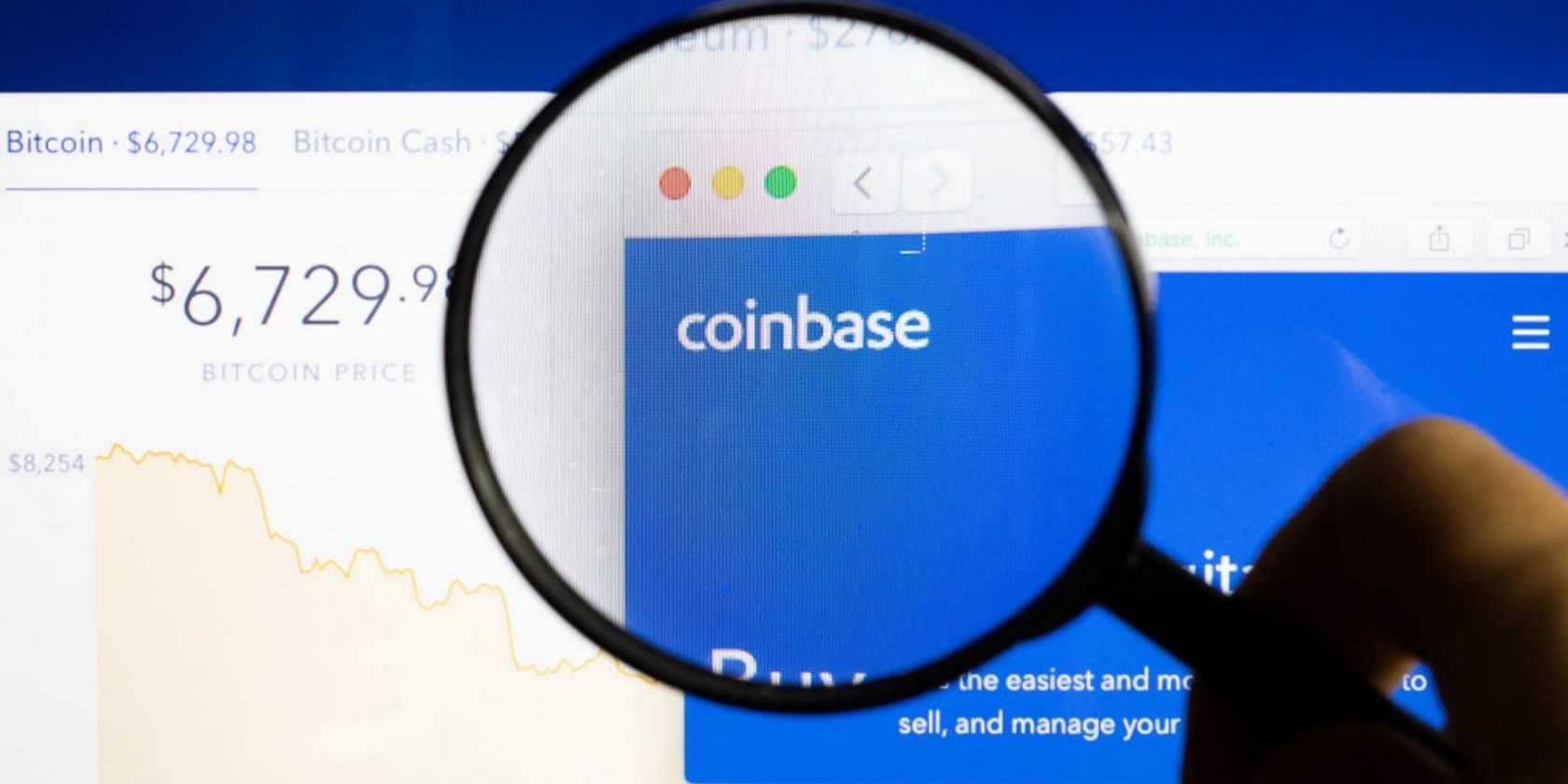While the crypto industry is incredibly interesting and constantly changing, it is also very complex. The sheer amount of terminology one needs to learn to truly understand cryptocurrency can be overwhelming. While you don’t need to know everything about crypto, there are a few key acronyms you should be aware of before investing.
Trading Acronyms
 1. HODL
1. HODL
HODL is short for ‘hold on for dear life’, although some see it as a slightly skewed version of the word ‘hold’. Anyway, this acronym is related to a specific trading tactic. When you hold for life, you resist selling your cryptocurrency, even when your chosen asset has experienced a large price drop or the market is in bad shape.
Price falls are common in the crypto space, but the tan ranges from minimal to somewhat catastrophic. However, in certain scenarios “HODLing” is the best route as investors believe that the crypto in question will eventually recover. But the crypto industry is very unpredictable, so one does not know if this tactic will pay off.
2. BTD
BTD, or “buy the dip,” is another tactic that involves buying assets while they are experiencing a price drop. This term is also known as BTFD, or “buy f***** g dip,” so either could work depending on your preference.
Like HODLing, BTD also deals with the idea that a given asset will recover from the price drop. So when an investor buys an asset at a low price, they have the chance to make a significant profit if it recovers.
3. R&D
FUD stands for “fear, uncertainty and doubt” and is a tactic used to create concern among investors. People will often try to manipulate public perception of the crypto market or specific assets for the worse. These are also known as “FUDsters” and usually take to social media to spread negative and false information about cryptocurrency.
4. FOMO
You may have heard of “FOMO” in your everyday life. It’s short for “fear of missing out.” In crypto terms, FOMO is the fear of missing out on a potentially great investment opportunity. This can drive individuals to make sudden or unwise decisions under the pressure of not realizing a valuable investment.
FOMO is quite common when an asset or project gets a lot of hype. Trends are common in crypto and new coins become highly sought after every week. So it’s no surprise that investors often worry about missing out on big profits.
5. DYOR
DYOR, or “do your own research,” ties into FOMO. While it’s natural for investors to feel pressured to invest in a desirable asset, they need to do their own research before pulling out their wallets. While something may seem like a wise investment choice because everyone else is investing, there may be hidden red flags and caveats that you should be aware of.
So by doing your research, you ensure you understand how an asset or project works and whether it is a wise investment choice.
Coin acronyms
 1. BTC
1. BTC
BTC is the shortened version of Bitcoin, the world’s most valuable and popular cryptocurrency. Chances are you’ve heard of Bitcoin before. Even those who have no interest in crypto are often aware of it. Bitcoin has gathered millions of investors worldwide and a large mining community. It is undoubtedly the most successful crypto of all time.
2. ETH
ETH is the shortened version of Ethereum or Ether. ETH is the original coin of the Ethereum blockchain and is currently the second most popular cryptocurrency in the world. Its blockchain is hugely popular among DApp developers and NFT collectors.
3. DOGE
Dogecoin, the well-known meme coin, also goes by “DOGE”. Although this cryptocurrency started as a joke to joke with Bitcoin, ironically, it has gained a lot of popularity in the market and now stands as one of the market’s major players. The coin was also popularized by billionaire Elon Musk when Tesla began accepting the asset for payment.
Crypto Platform Acronyms
1. DEX
A DEX is a decentralized exchange. These exchanges are just that – decentralized – allowing for non-custodial, peer-to-peer crypto trading between individuals. DEXs eliminate third parties and intermediaries, such as banks and payment processors, allowing for a trustless system that prioritizes transparency. These platforms also use smart contracts to execute trades.
Most DEXs exist on the Ethereum blockchain, such as Uniswap and SushiSwap.
2. CEX
CEX is an acronym for “centralized exchange.” Centralized exchanges are among the most popular in the crypto industry and include Binance, Coinbase and Kraken. CEXs are run by private companies and use third parties and intermediaries. Some traders prefer centralized exchanges, while others lean towards decentralized exchanges.
3. ICOs
ICOs are a key element of the crypto realm. An ICO, or initial coin offering, involves a project that gives investors the opportunity to purchase their initial cryptocurrency to raise funds for development. If a project gets enough hype, it can raise huge amounts of money via ICOs. For example, Tezos, a popular blockchain network, raised over $220 million in its initial coin offering.
Additional acronyms
1. DeFi
DeFi, or decentralized finance, is an increasingly popular industry that provides financial services for decentralized assets. The DeFi realm has been massively diversified in recent years, and now crypto holders can lend, borrow, trade and stake assets. In short, DeFi is an umbrella term that spans the cryptocurrency market.
2. PoW
PoW stands for proof of work, the original cryptocurrency consensus mechanism used by Bitcoin, Litecoin and Dogecoin. Proof of work uses miners to solve complex computational problems so that the network can be secured and new blocks can be added to the blockchain.
Mining can be very lucrative, as miners are paid for their work. This financial aspect has attracted hordes of eager individuals who want to earn rewards for contributing to blockchain security.
3. Pos
PoS stands for proof of stake and is another popular consensus mechanism that became known for its increased energy efficiency over proof of work. The proof-of-stake mechanism uses validators instead of miners. These validators verify transaction blocks and secure the network. As the name suggests, the proof of stake mechanism allows users to stake their cryptocurrency to receive rewards.
4. P2P
P2P stands for peer-to-peer. This is a very common term in crypto and refers to a network that can connect computers directly. These connected computers can then interact with each other and share resources. P2P networks are often used for file sharing platforms, but are also prevalent in crypto. Bitcoin, Ethereum and many other assets use P2P networks, allowing users to transact directly with each other.
Crypto can be confusing, so it helps to know the basics
It’s only natural to feel a little intimidated by the crypto market. After all, it’s drastically different from typical financial markets, so there’s a lot to learn before you get to know it all. But by starting with the acronyms above, you can familiarize yourself with this industry and further understand its inner workings.




























